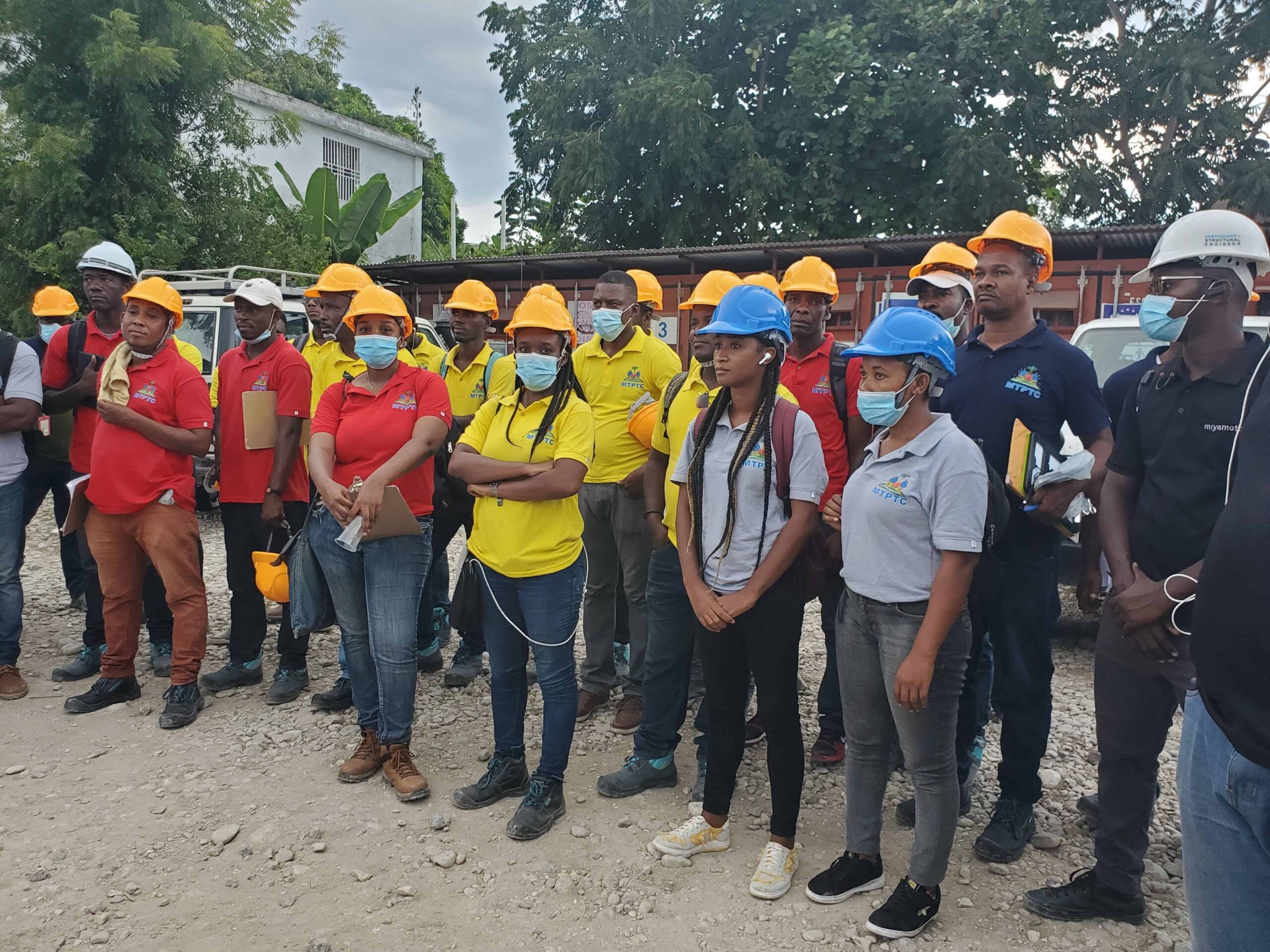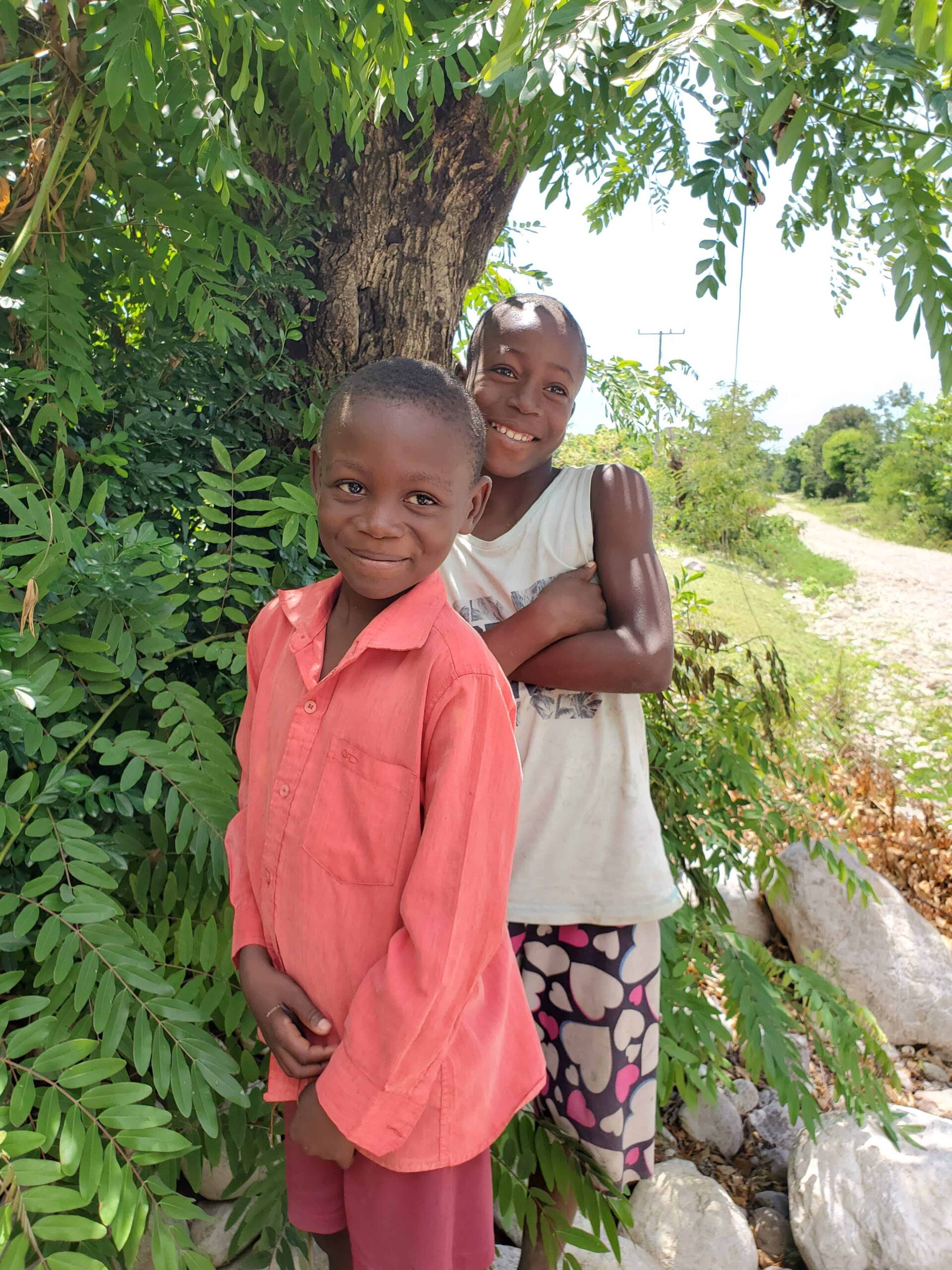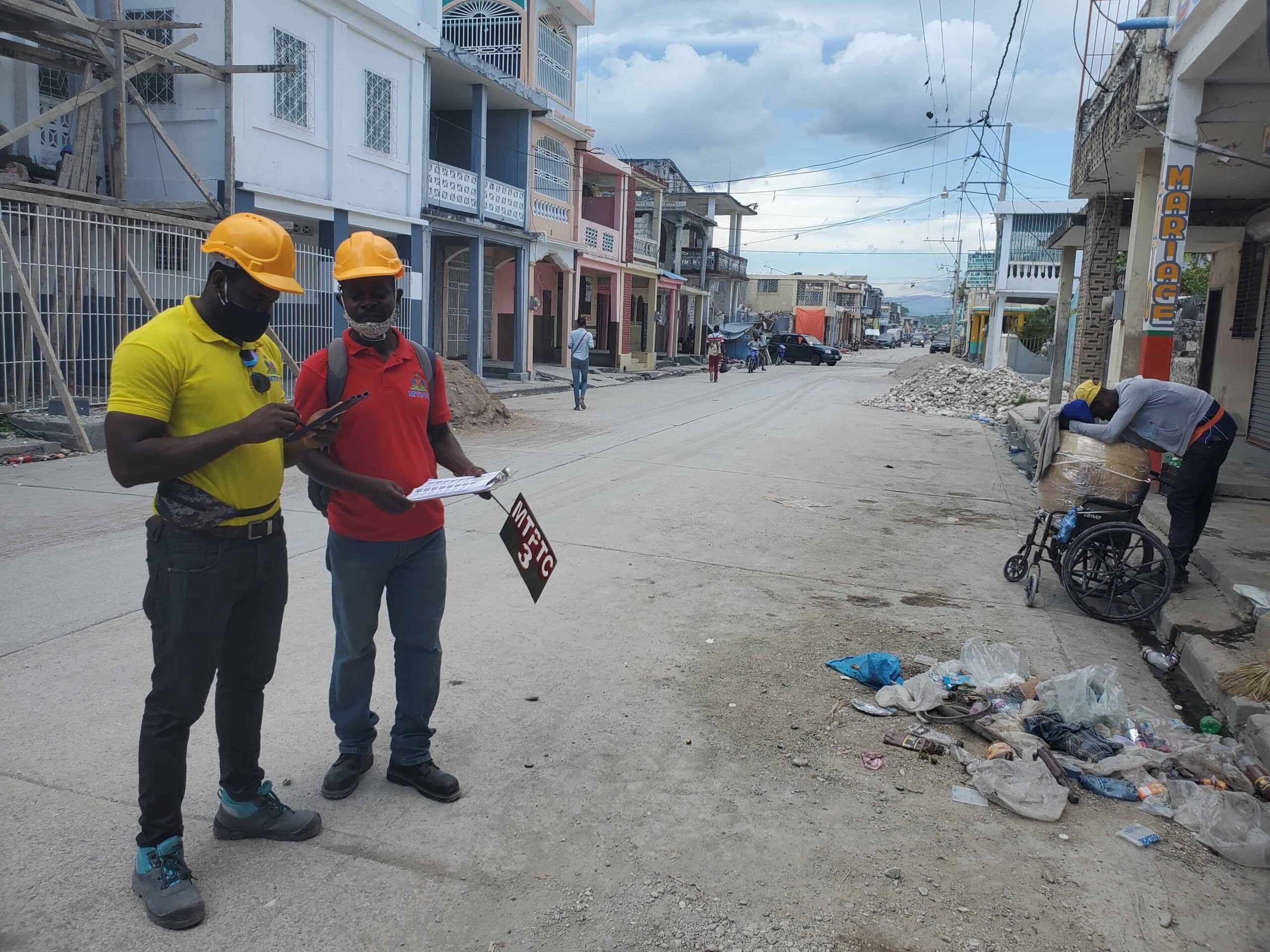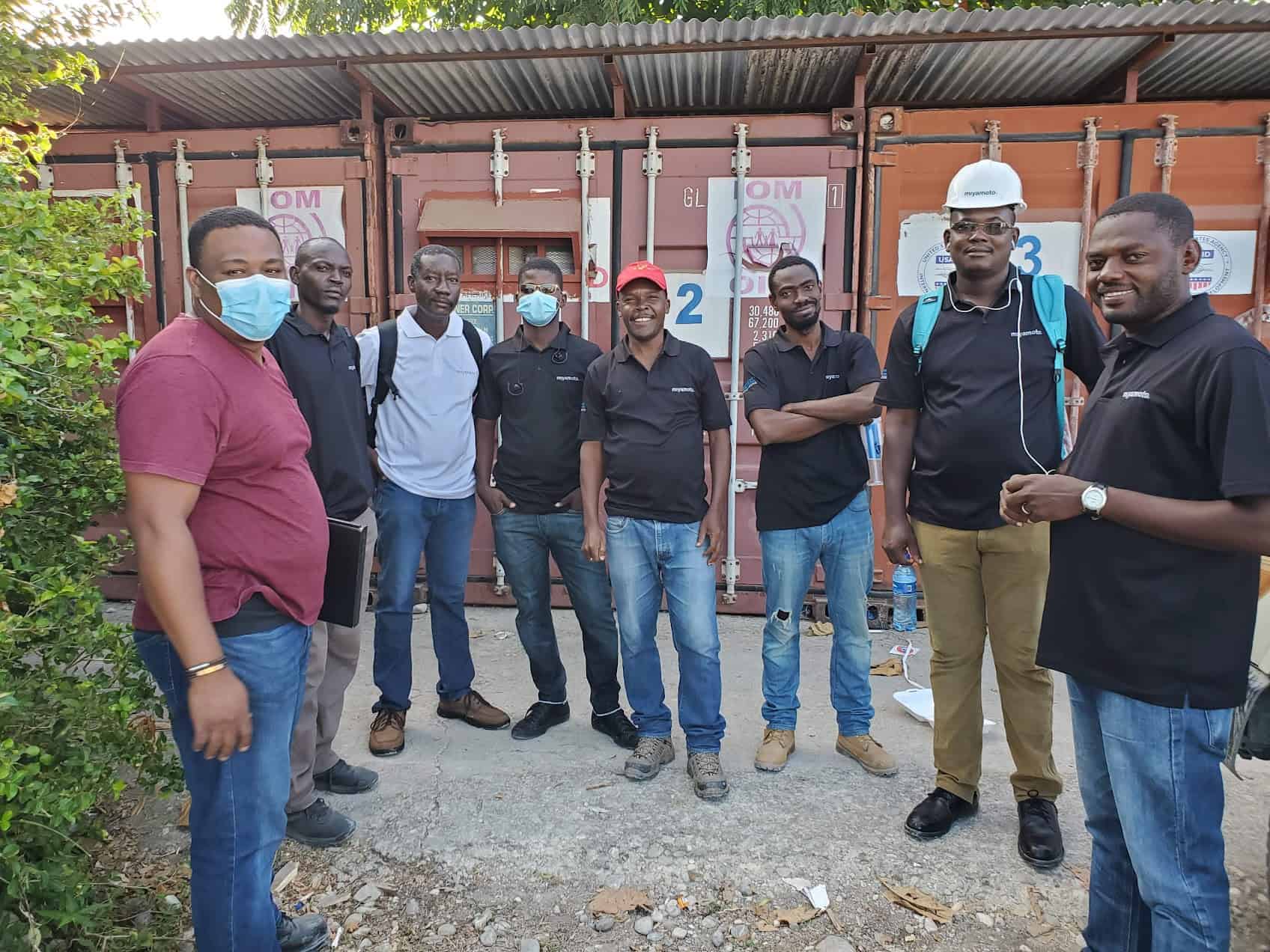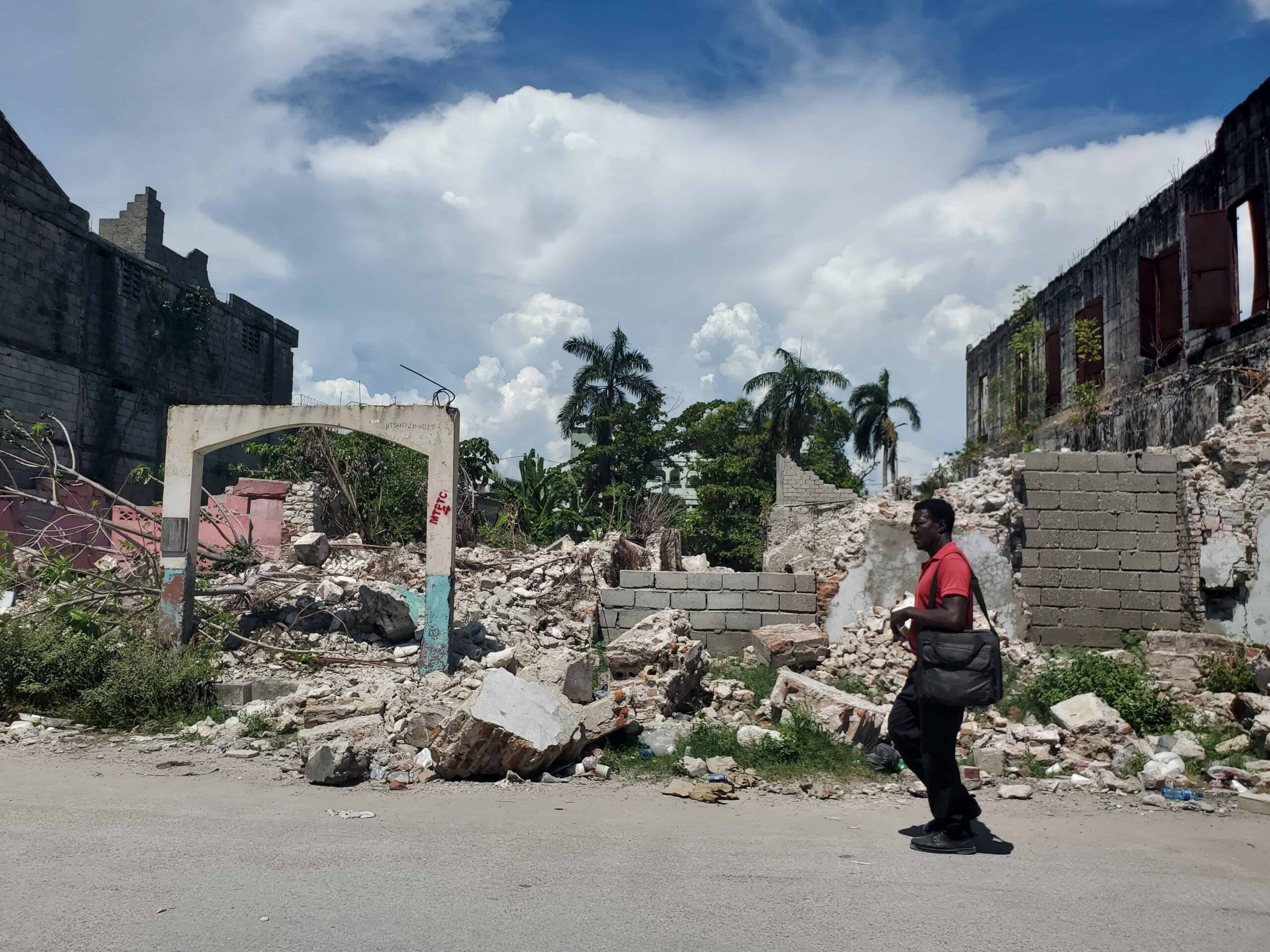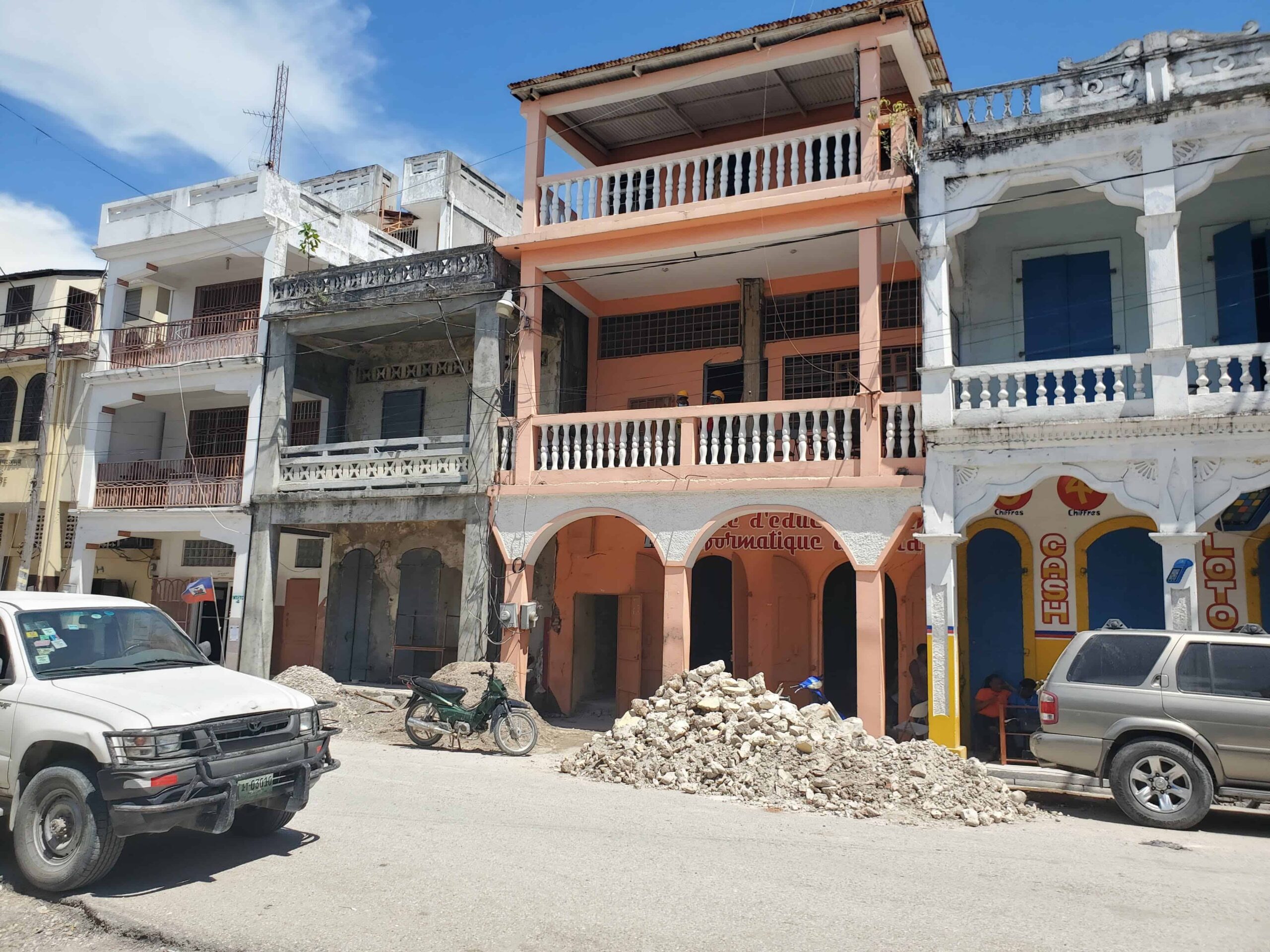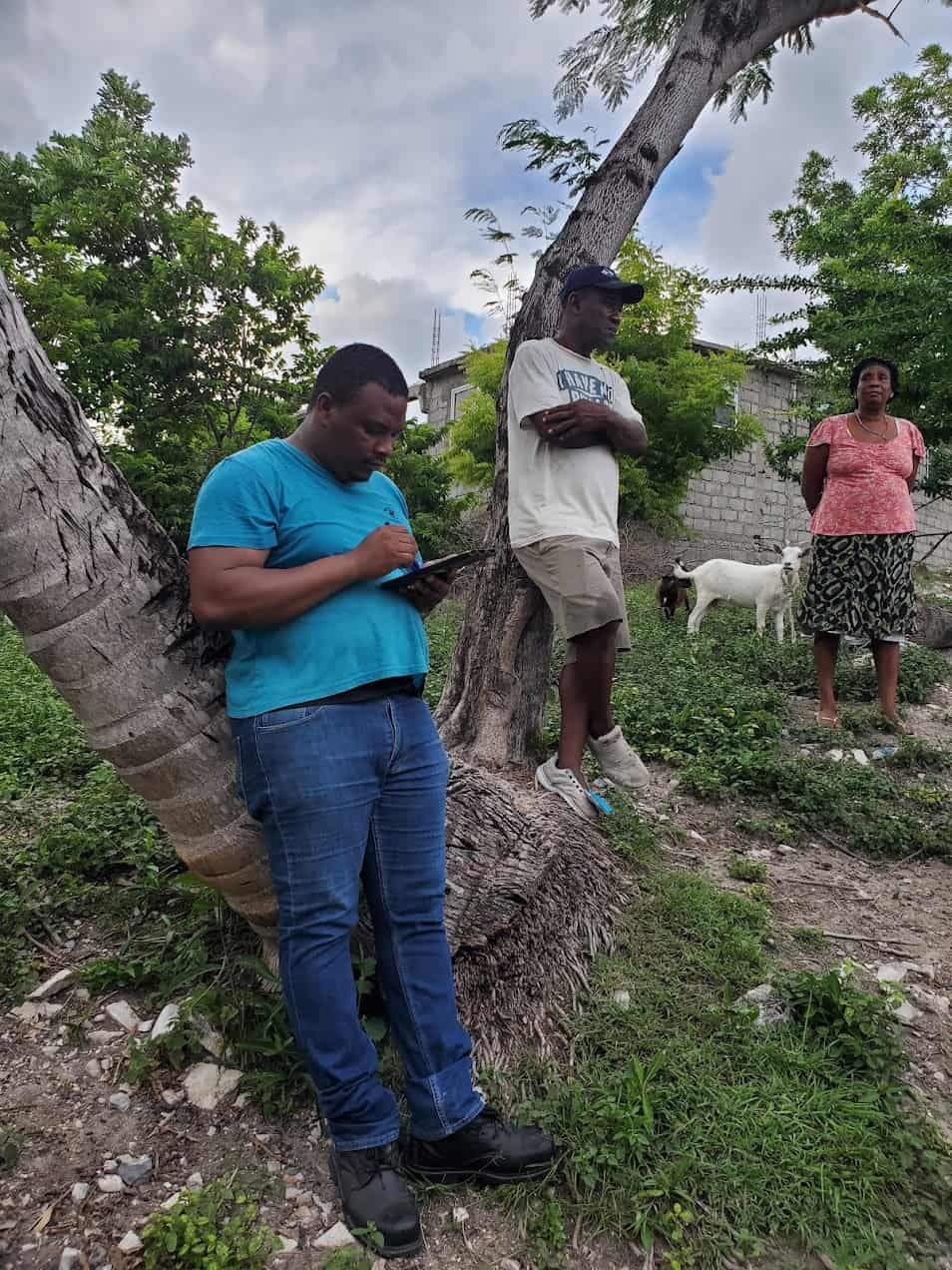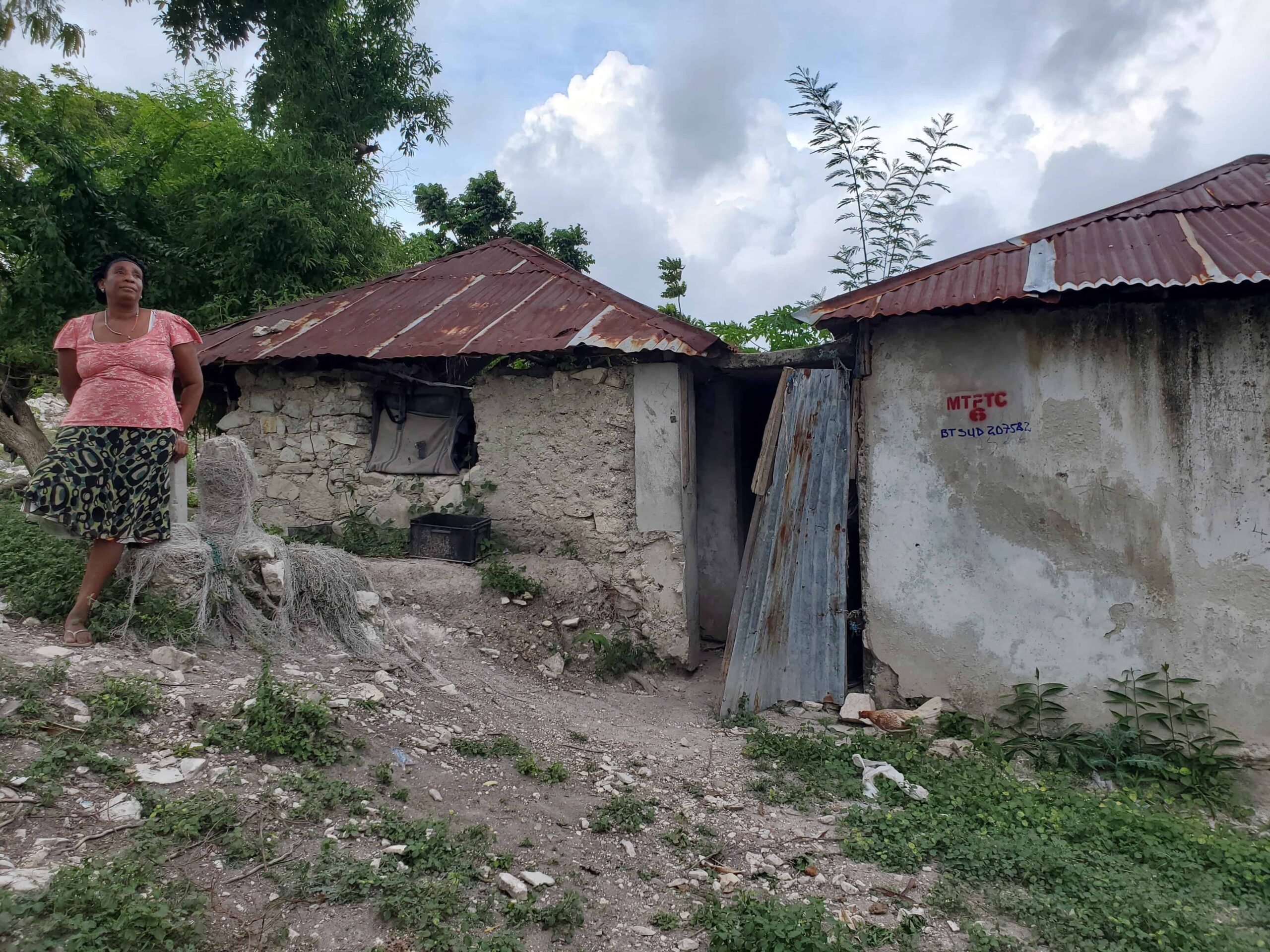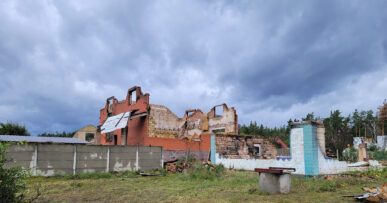- The 2010 Haiti Earthquake, Part 1
- The 2010 Haiti Earthquake, Part 2
- Miyamoto in Haiti: The Presidential Palace, A Fractured Haitian Icon
- Miyamoto in Haiti: Damage Assessment of the Japanese Embassy
- Miyamoto in Haiti: The Well-Oiled Relief Machine Rolling Through Haiti
- Miyamoto in Haiti: Inside a Heavily Damaged Building
- Miyamoto in Haiti: Visiting The Citadel
- Thirty Months in Haiti, Part 1
- Thirty Months in Haiti, Part 2
- Thirty Months in Haiti, Part 3
- Miyamoto in Haiti: A Morning and Afternoon of Hopeful Rebuilding
- Miyamoto in Haiti: School Rebuilding and Construction Continues
- Trente mois en Haïti, 1eme partie
- Trente mois en Haïti, 2eme partie
- Trente mois en Haïti, 3eme partie
- Miyamoto in Haiti: Visiting a Remote School Construction Site Near Cap-Haïtien
- Miyamoto in Haiti: Self-Sustaining Relief
- Miyamoto in Haiti: Love it or Hate it? Love it!
- Miyamoto in Haiti: Lycee de Cite Soleil Rehabilitation Project
- Miyamoto in Haiti: The Hopeful Road to Recovery
- A Day in the Haiti Disaster Zone
- Kidnappers & Disaster
- A Disaster Week in Haiti
I step into a dark, small bedroom. I hear my partner’s feet behind me. The room’s windows and doors are covered by thick drapes, hindering any light from entering the room. The bare concrete floor is wet, but the heat is edging towards unbearable. I feel it on my skin. The temperature must be somewhere close to 100 degrees (40 in Celsius) with 90% tropical humidity. Sweat runs down my back, drenching my shirt. Burning charcoal lingers in the air with an undertone of old sweat. The room is dark, much too dark. I know there is some spiritual reason behind it in this part of the island.
An elderly Haitian lady, small in stature but with piercing brown eyes, walks out from the darkness and mumbles quickly in Creole, “Look at these cracks. I’m terrified. I live here all by myself. I don’t know where to go or what to do.”
I turn to a trusted Haitian colleague and engineer, Junior, whom I’ve known since Haiti’s previous disastrous earthquake, back in 2010.
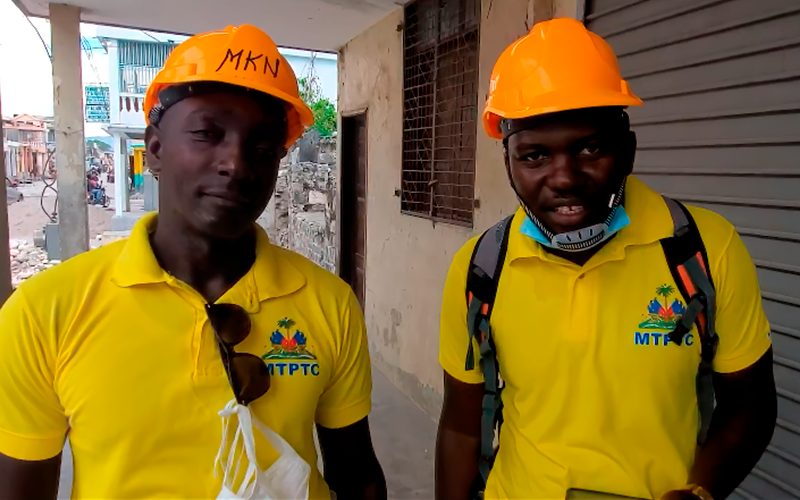
Observing my expression, words have lost their necessity between us long ago, he says, “I’ll start analyzing.” He pops out his tablet from a color-faded backpack and starts measuring the cracks on the moist concrete-plastered walls. I am in the downtown area of Les Cayes, where approximately 60% of buildings are either damaged or collapsed in the aftermath of a magnitude 7.2 earthquake that shook the region on August 14th, 2021.
Les Cayes used to be a beautiful colonial coastal city, but it has gone neglected for decades due to poverty and repeated hurricane disasters, which only make the capital more vulnerable to earthquake shaking. Many of the buildings are tilted awkwardly. It is caused by liquefaction of soils: saturated sand exposed to earthquake acceleration, essentially turning the soil into a liquid. Many of the structures are made of unreinforced rock masonry. Some are old concrete structures. None of them stood a chance against the vibrations of such an earthquake. Many of the recorded 2,500 fatalities were found in such structures.
Junior painstakingly records each crack, measuring end to end. Then, with a thick felt pen, he writes a letter and number next to each crack, such as “G1.” The letter identifies the type of crack; the number corresponds to the map he has been drawing on his tablet, which is preprogrammed to choose the repair method and calculate the quantity of material needed, all based on the crack type. This information and the engineering results will then be automatically uploaded to our network when the device finds a Wi-Fi connection.

Having finished the measurements, he places a sticker with a QR code on the front entrance to the elderly Haitian’s house so she can scan the code and download the repair information for her house. The letter/number markings are for the contractors in charge of repairs. We used a similar technique in the massive 2010 Haiti earthquake housing repair program, but then, it was mostly manual, pen and paper, significantly slowing down the evaluation and repair process.
Pretty ingenious, isn’t it? Haiti may be the most impoverished country in the Western hemisphere, but its public works engineers are now using state-of-art, first-of-its-kind technology for post-disaster assessment. As Junior finishes his investigation, he turns to the elderly lady with a beaming smile. “Mother, your house is just fine. These cracks you see are superficial plaster cracks; they don’t affect your safety.” She smiles, her large white teeth reflecting the same smile as Junior’s, and clasps his hands in hers. Her relief and happiness refuse to let him go.

Our job is a difficult one. It mainly involves engineering assessment, but its foundation lies in communication, talking to people who are unsure about the damages suffered by their homes and their future. But the challenge does not end there: This ambitious program aims to assess and repair damages on more than 100,000 structures, all widely spread out in the affected area, within four months. It is organized by Haitian Public Works (MTPTC), in collaboration with the United Nations Office of Project Services (UNOPS) and Miyamoto International and financed by the World Bank. An initial group of 179 engineers and social communicators are divided into six divisions for tactical efficiency. By the second week of October, the total number of members will be reaching 500.
We will go zone by zone to ensure that we evaluate every house. We have a long way to go. Each house will be a battle with its own unique challenges. Not to mention that the affected area is very large and mountainous. However, Haitian engineers are diligent and highly motivated to help their people and country; they will stop at nothing to bring Haitians back to their homes.
I have hope.

